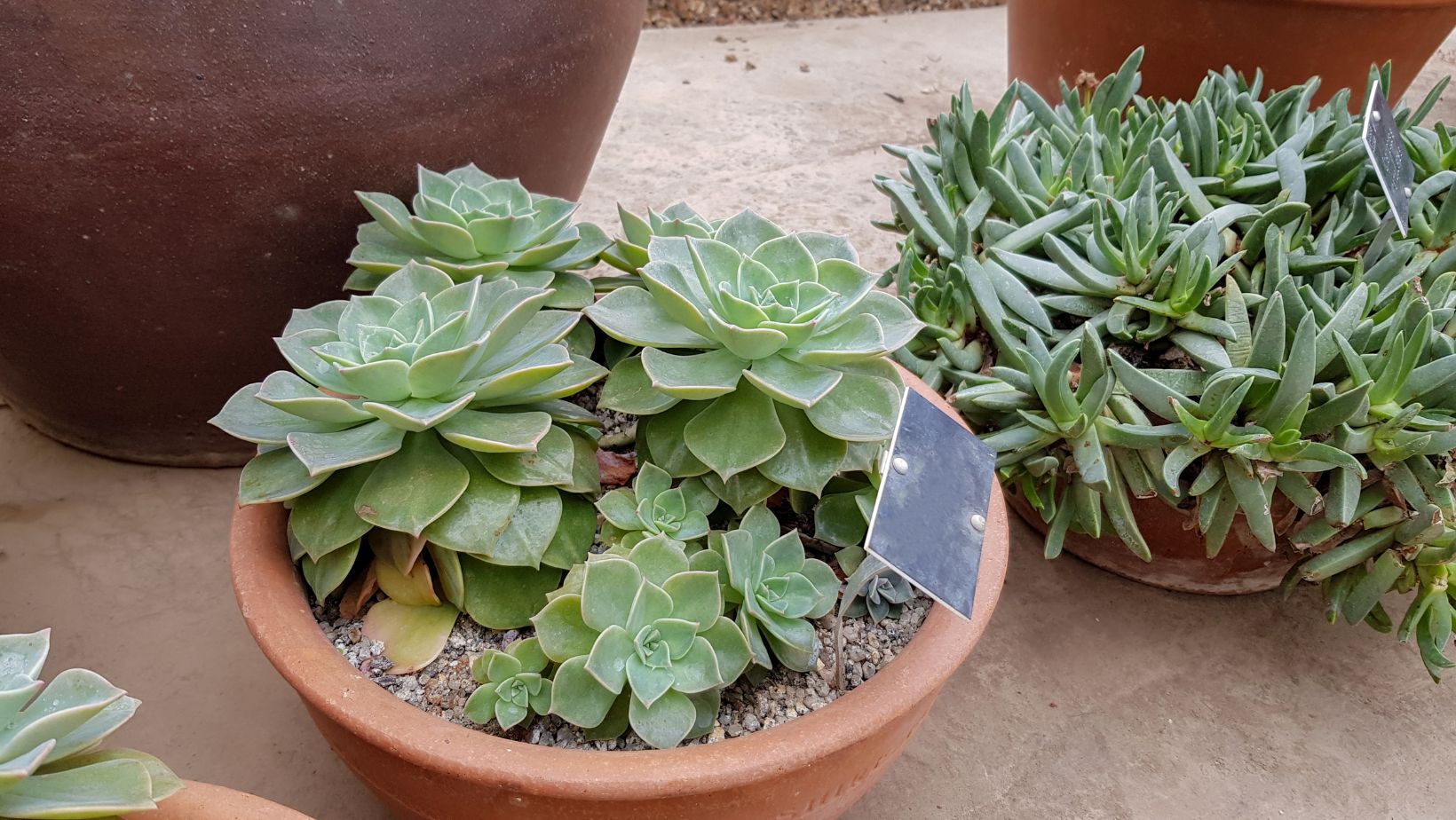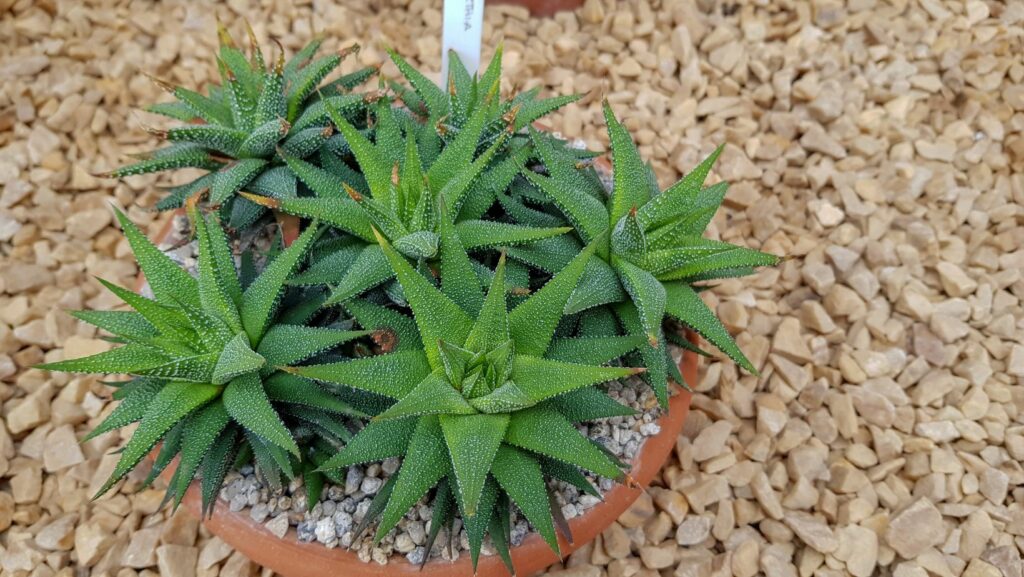Table of Contents
ToggleWhy Have Plants in the Alpine Biome Adapted to Survive on Limited Nutrients?
Plants in the alpine biome have evolved remarkable adaptations to thrive in environments with limited nutrients. One of the primary reasons for this adaptation is the harsh and challenging conditions prevailing at high altitudes. The alpine biome is characterized by low temperatures, strong winds, and thin soils that offer little fertility. As a result, plants face extreme nutrient scarcity, prompting them to develop specialized strategies for survival.
The limited availability of nutrients at higher elevations has led to an evolutionary pressure on alpine plants to optimize their nutrient acquisition and utilization processes. These adaptations enable them to make the most of whatever nutrients are present in the environment.
In addition, several species have developed symbiotic relationships with mycorrhizal fungi. These fungi form mutually beneficial associations with plant roots, enhancing nutrient uptake by extending their reach into the soil and facilitating better absorption of essential elements like phosphorus and nitrogen.
Overall, these adaptations reflect the remarkable resilience of alpine plants in adapting to survive on limited nutrients. By understanding these unique strategies, we can gain insights into nature’s incredible ability to overcome challenges and adapt to even the harshest conditions.

Types of Plants in the Alpine Biome
In the alpine biome, where resources are scarce and conditions harsh, plants have evolved remarkable adaptations to survive on limited nutrients. Let’s explore some of the fascinating types of plants that thrive in this challenging environment.
- Cushion Plants: These low-growing plants form dense cushions close to the ground, providing protection from extreme temperatures and strong winds. Their compact growth allows them to conserve moisture and nutrients within their structure.
- Mosses and Lichens: Mosses and lichens are common inhabitants of the alpine biome due to their ability to grow on rocks and other substrates with minimal soil. These small but hardy organisms can absorb moisture directly from the air, making them well-suited for nutrient-poor environments.
- Grasses: Certain species of grasses have adapted to survive in high-altitude regions with limited nutrients. They often have extensive root systems that enable them to access nutrients deeper within the soil, while their narrow leaves reduce water loss through evaporation.
- Alpine Flowers: Despite facing nutrient limitations, alpine flowers showcase vibrant colors and delicate blooms that add beauty to these harsh landscapes. These flowers often have specialized structures like long taproots or bulbous storage organs that allow them to store essential nutrients during periods of scarcity.
- Dwarf Shrubs: Dwarf shrubs such as heather and rhododendrons are commonly found in alpine biomes where they form compact bushes close to the ground. These shrubs exhibit adaptations like thick waxy leaves or hairy surfaces that help reduce water loss and protect against cold temperatures.
- Herbaceous Perennials: Some herbaceous perennials like saxifrages and gentians have evolved strategies for surviving on limited nutrients by forming tight clusters or rosettes close to the ground surface. This growth habit reduces exposure to wind and conserves moisture.
- Mat-forming Plants: Mat-forming plants, including sedges and ferns, spread horizontally along the ground to form dense mats that help retain moisture and protect against nutrient loss. Their shallow root systems efficiently scavenge for nutrients in the thin alpine soil.
These are just a few examples of the diverse range of plants adapted to survive on limited nutrients in the alpine biome. Through their ingenious strategies, these resilient organisms have found ways to thrive amidst adversity, showcasing nature’s incredible power of adaptation.
Challenges of Limited Nutrients in the Alpine Biome
The alpine biome presents a harsh and challenging environment for plant life. One of the most notable challenges that plants face in this ecosystem is the limited availability of nutrients. But why have plants in the alpine biome adapted to survive on such limited nutrients? Let’s delve into this intriguing question.
1. Extreme Conditions The alpine biome is characterized by high altitudes, low temperatures, and short growing seasons. These extreme conditions make it difficult for plants to thrive and obtain essential nutrients from the soil. As a result, they have had to develop unique adaptations to survive.
2. Slow Nutrient Cycling Due to the cold temperatures, nutrient cycling processes are sluggish in the alpine biome. Decomposers like bacteria and fungi responsible for breaking down organic matter operate at slower rates, leading to reduced nutrient availability for plants. This scarcity necessitates adaptive strategies by alpine plants.

